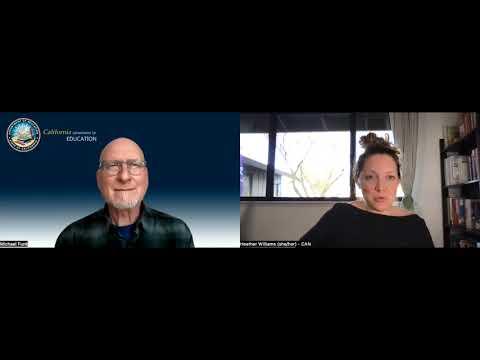First Look at Budget Trailer Details 2024-2025
February 2024
Budget Trailer Process
Every January, California’s Governor announces his proposed budget for the upcoming year, and Governor Newsom released his 2024-25 proposed budget on January 10, 2024. In case you missed it, click here for our post with more details on his proposed budget.
The Governor’s proposed budget in January typically requires changes to existing law in order to implement these budget changes. If changes are necessary, separate budget implementation bills or “trailer bills” are introduced in order to implement the change.
Here’s what you need to know about “trailer bills” at this point in the budget process.
- All proposed statutory changes needed to implement the Governor’s Budget (trailer bills) are due to the Legislature by February 1st.
- The Department of Finance provides the Legislature with these trailer bills.
- Trailer bills are organized by issue areas such as “K-12”, “higher education”, and “housing.”
- Trailer bills are heard concurrently with the Budget Bill and move through the Assembly and Senate budget committees.
Next Steps
Budget subcommittees will hold overview hearings, and then in May, the governor will release the revised state budget (also known as the May Revise). By June 15, the legislature must pass a balanced budget that then goes to the Governor for signature. The budget is accompanied by Budget Trailer Bills that will provide details for the implementation of the budget. Access resources to learn more about the budget process.
Proposed Trailer Bill Impacts on Expanded Learning - Attendance Recovery
There are currently a number of items proposed to change the California Education Code related to the implementation of ELO-P funding, most notably around Instructional Continuity and Attendance Recovery.
The Basics of Attendance Recovery (as currently proposed)
- This is an optional opportunity for Districts to recover attendance. Participation in the program is voluntary (at the election of the student/parent/guardian).
- Attendance Recovery programs may be operated before or after school, on weekends, or during intersession. This includes as a component during ASES/21st CCLC/ASSETs/ELO-P programming, or it could be operated separately of Expanded Learning programming during those times.
- There is no additional funding to support the implementation of this program should a district choose to implement one.
- Besides clarifying that Attendance Recovery Programs could be a component of an Expanded Learning program, this doesn’t otherwise alter the requirements for Expanded Learning programs.
- Attendance Recovery cannot result in an individual student being credited for more than 15 days of attendance in a school year (July 1 – June 30). It will be credited in the year in which the program is operated. Attendance can be generated in 15-minute increments.
- Attendance Recovery programs must be under the immediate supervision of a credentialed teacher who is also responsible for the documentation of attendance recovery.
- Grade level minimum day requirements: grades 1-3 is 230 minutes*, grades 4-8 is 240 minutes (more details: CEC Sections 46110 – 46120)
- CDE must develop guidance and post on their website on or before June 30, 2025.
For more details on these proposed changes, access the Education Omnibus Trailer Bill language, starting on page 50.
Helpful Resources
- Access the Education Omnibus Trailer Bill (Released 2/1/24)
- Access 24-25 Trailer Bills
- Access Additional Budget Info
- Access Budget & Policy Updates
- State of California Department of Finance General Budget Timetable
- State of California Department of Finance California’s Budget Process
- CA Dept of Finance: State Budget (including trailer bills & other details)
- Cal Matters: How California Government Works
- Legislative Info: Bill Information
- Legislative Calendar & Deadlines
- CA Budget & Policy Center
Related Content
Budget Updates Education Omnibus Trailer Bill
Fireside Chat: February 13, 2024
Join us for the 60th Fireside Chat!
In this chat, Heather Williams from the California AfterSchool Network is joined by Michael Funk, Director of the Expanded Learning Division of the California Department of Education (EXLD). They provide updates on the recently released Education Omnibus Trailer Bill and in particular the proposal around Attendance Recovery.
Resources
Governor’s May Budget Revision Protects Expanded Learning Investments
May 2023
The California AfterSchool Network (CAN) commends the Governor for his dedication to transformative investments in public education in the May Revision, in particular the investments into Expanded Learning programs, despite California facing a significant budget deficit. At CAN we envision compassionate communities that collaborate with expanded learning/out-of-school time (OST) programs to support whole children, families, and communities so that every young person and every family is well-known, well-cared for, and prepared to thrive.



